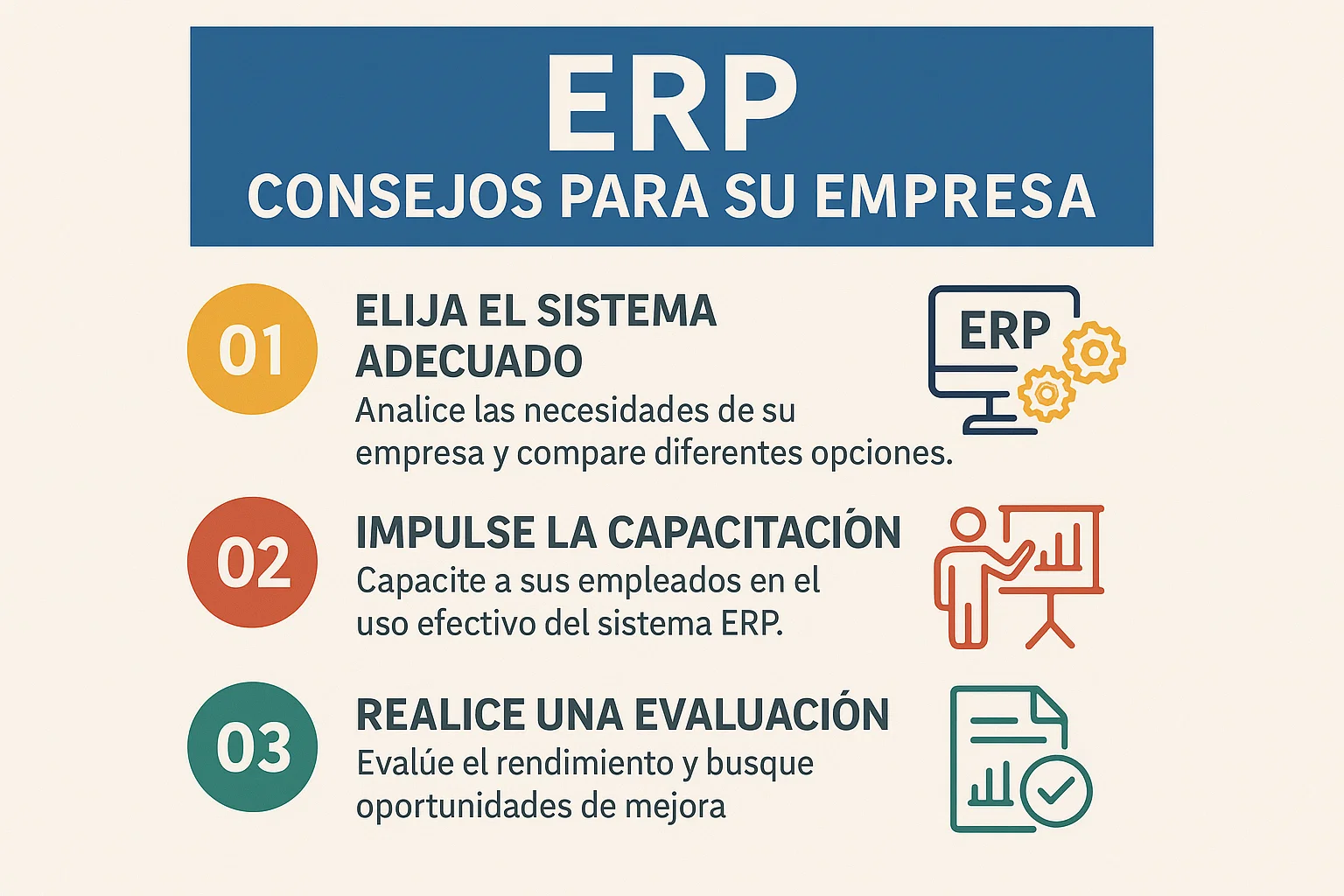In today’s rapidly evolving digital landscape, businesses are under constant pressure to streamline their operations, enhance collaboration, and integrate various systems for maximum efficiency. Enter EO PIS—a rising term in the enterprise technology sector that stands for Enterprise Operations and Process Integration System. This system is revolutionizing how organizations manage their workflows, data, and interdepartmental communication.
While the keyword “EO PIS” may sound technical, its core function is simple and powerful: to help businesses work smarter, not harder. In this article, we’ll explore what EO PIS is, its key components, benefits, use cases, and its growing relevance in the digital transformation journey of modern enterprises.
What is EO PIS?
EO PIS (Enterprise Operations and Process Integration System) is a centralized platform or software suite designed to integrate an organization’s various departments, processes, data flows, and systems into one cohesive framework. It ensures that operations—from supply chain and logistics to human resources and customer service—are interconnected, optimized, and transparent.
EO PIS is not just a tool; it’s a strategic backbone for digital-first enterprises aiming for agility, efficiency, and scalability.
Core Components of EO PIS
A well-implemented EO PIS system consists of several core modules, including:
1. Business Process Management (BPM)
This module allows organizations to define, automate, and monitor business processes. Whether it’s onboarding a new employee or handling a customer return, BPM ensures tasks follow a streamlined path.
2. Enterprise Resource Planning (ERP) Integration
EO PIS connects seamlessly with ERP systems, giving real-time access to inventory, procurement, accounting, and financial data across the company.
3. Data Synchronization
With EO PIS, data is unified across platforms—eliminating silos. Whether data comes from CRM, sales, HR, or manufacturing, it’s stored and synchronized in one system.
4. Automation Engine
Tasks that were once manual—like data entry, invoice generation, or follow-up emails—can now be automated using EO PIS rules and triggers.
5. Reporting and Analytics
EO PIS provides dashboards and reports that give decision-makers deep insights into performance, bottlenecks, and opportunities for improvement.
Why Do Businesses Need EO PIS?
As companies grow, they often face problems such as:
- Fragmented systems that don’t “talk” to each other
- Duplicated efforts across departments
- Lack of real-time visibility into operations
- Delays in decision-making due to inconsistent data
EO PIS solves these challenges by acting as a central nervous system for the organization—connecting every limb (department), ensuring synchronized movement (processes), and offering real-time awareness (data visibility).
Key Benefits of EO PIS
✅ Improved Operational Efficiency
By integrating systems and automating repetitive tasks, EO PIS frees up time for strategic work and reduces human error.
✅ Better Collaboration
With shared data and unified platforms, teams from different departments can collaborate smoothly, avoiding miscommunication and data mismatch.
✅ Faster Decision-Making
Real-time dashboards and reports give leaders quick access to the data they need, allowing faster, more informed decisions.
✅ Cost Savings
Reducing manual labor, minimizing process errors, and optimizing workflows ultimately lead to lower operational costs.
✅ Scalability
EO PIS grows with your business. Whether you’re a startup or a large enterprise, the system can be customized and scaled to fit your evolving needs.
Use Cases of EO PIS Across Industries
Let’s look at how EO PIS is applied in various sectors:
📦 Manufacturing
- Automates procurement and supply chain processes
- Tracks inventory in real-time
- Coordinates production and quality control systems
🏥 Healthcare
- Integrates patient records across departments
- Streamlines billing and insurance workflows
- Ensures compliance with medical standards
🛒 Retail & E-commerce
- Connects online and offline sales data
- Automates order processing and returns
- Manages inventory across multiple warehouses
🏛️ Public Sector
- Improves inter-departmental coordination
- Streamlines citizen service processes
- Enhances data transparency and compliance
💼 Finance & Banking
- Integrates risk assessment, client management, and compliance systems
- Automates transaction reporting and approval workflows
EO PIS and Digital Transformation
As more businesses embrace digital transformation, EO PIS is emerging as a critical enabler. It supports:
- Cloud Migration: EO PIS can run on cloud infrastructure for better accessibility and scalability.
- Remote Work: Employees can collaborate on a centralized platform regardless of location.
- AI and ML Integration: Predictive analytics and intelligent automation can be built into EO PIS frameworks for advanced capabilities.
In essence, EO PIS is not just a tool to fix existing problems—it’s a foundation for future-ready operations.
Challenges and Considerations
Despite its advantages, implementing EO PIS comes with some challenges:
- Cost and Complexity: Initial setup can be resource-intensive.
- Change Management: Employees need time and training to adapt to new systems.
- Integration Hurdles: Not all legacy systems integrate easily; custom development may be required.
However, with a well-thought-out plan and vendor support, these obstacles can be overcome to unlock long-term benefits.
Final Thoughts
The term EO PIS may be new to some, but it represents a powerful shift in how businesses think about operations and process integration. In a competitive world where speed, accuracy, and agility define success, EO PIS acts as a silent force that holds everything together.
Whether you’re a small business looking to automate workflows or a large enterprise aiming for complete digital integration, EO PIS is your gateway to smarter operations and sustainable growth.
As the future of work continues to evolve, systems like EO PIS will play a central role in shaping responsive, data-driven, and collaborative business environments.










